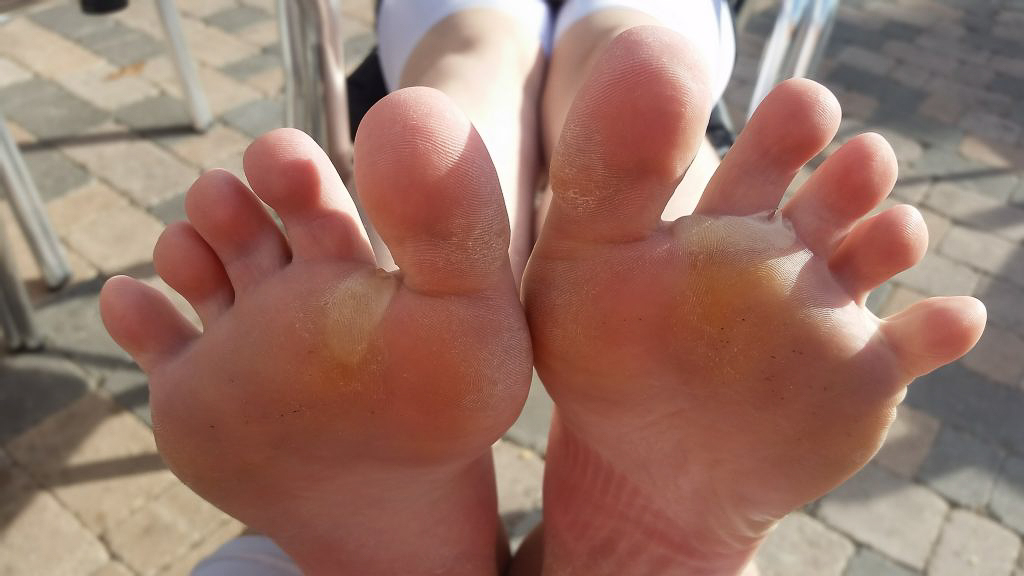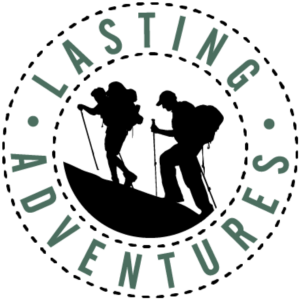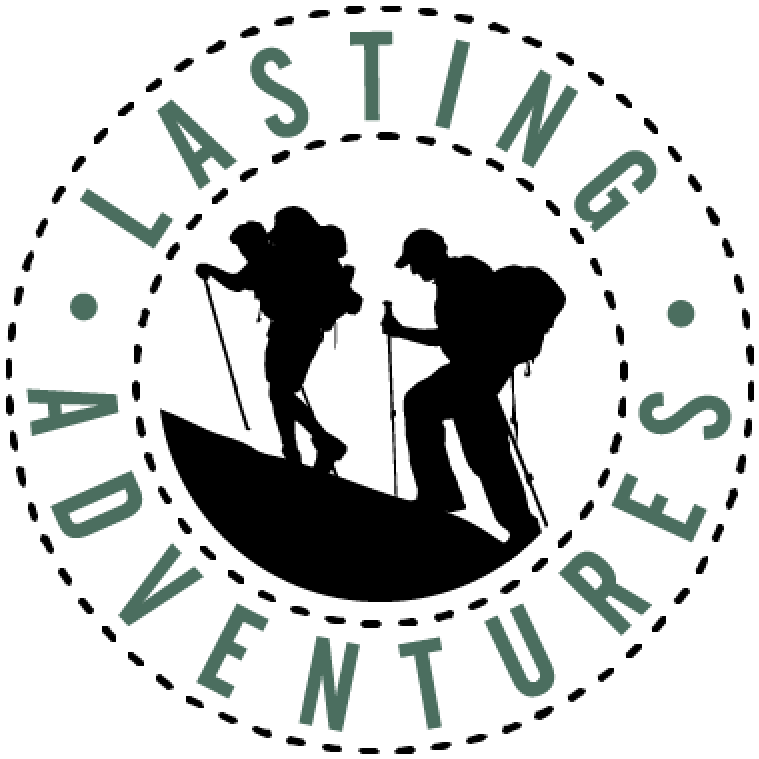5 Tips on Walking Confidently on Your Next Adventure!
By: William Heaps
Last fall my wife and I travelled to Spain to walk the Camino de Santiago. In my last entry, “START. TODAY.”, I discussed the history of the trail and the call it gives us to begin wherever we are and jump into life’s adventures. While I urge everyone to put aside hesitations, I do strongly suggest you follow the number one rule of adventuring: preparation.
As we began to plan our trip over to Europe, we took everything into account. We had list after list of needed gear and worked through it one item at a time. What was inadequate, we replaced; what we didn’t find necessary, we ditched; and so it went on until we could fit everything in a carry-on backpack that fell within the airline limits. The only aspect we didn’t plan was accommodation or train tickets, allowing us to move around as needed. My preparation was absolutely flawless.
After 10 days of playing in France, we started walking. Day one is a beautiful 16 mile trek up and over the Pyrenees into Spain. It was a glorious affair, meandering through the hills and rocks, passing flocks of sheep and herds of cows; the bells around their necks ringing through the fields. We knew we were going to make it, after all, we are both backpacking guides and our planning was perfect. We didn’t seen our big mistake until right about….

That spot, on that first day, 500 miles left to walk, is when we realized we had made our sole mistake. In our concern to save money, we decided to continue to use our hiking shoes from that summer, the same shoes that had already carried us hundreds of miles through the Sierra backcountry.
Quick side note: I know shoes. In college, I was so obsessed with footwear that I was often asked what shoe to buy, how to train, and how shoes could decrease injuries. At the time I was studying to go to Physical Therapy school. I was big into the minimalist movement and began doing research into the anecdotal evidence of the benefits of switching over. I had hundreds of dollars worth of footwear and when I moved apartments, I could barely fit them in a Rubbermaid container. Shoes were my thing.
And yet, at this crucial time in my life, I had forgotten to consider my connection to the earth. As a backpacker, I am used to working with feet. Each morning I put my feet in the cold mountain water and bring down the swelling. I wash and dry my feet well each day and I make sure to rinse out my socks if I am going to need to use them more than once on a trip. My clients get the same treatment and before we gear up to go, I pull out the first aid kit and address any feet issues. Before the trip even begins I ask my clients to pay close attention to two body parts in particular: the second is the lungs and the first is the feet. We must learn to listen to our feet if we wish to enjoy our journeys on the earth.
Starting that first day, we knew we were in trouble. The year before, my wife had developed a particular kind of blister on the ball of her foot. By switching her footwear, she was able to backpack for an entire summer without problems. The problem was now that her shoes were worn down and no longer providing her the padding she required. For the rest of the trip our daily routine included bandages and ibuprofen. Although we regard our trip with fondness, it was difficult at times to enjoy it in the moment when all you can feel is the pain in your feet.

The unfortunate state of my wife’s feet.
To help you walk confidently on your next adventure I want to offer you five principles of preemptive foot care:
Find the Right Fit.
Stop at nothing to get the right fit. Decide if you want boots or shoes and then make a list of concerns that you can take to a shoe store. Be willing to spend the money if a specific pair of shoes works for you. In the end, you will be happy you did because you won’t spend every day dreading the miles you’ll have to walk the next. Many companies offer 30 day guarantees and many sports stores offer hassle-free returns should the product turn out to be a dud.
Break in Your Feet.
Spend some time breaking in your shoes AND your feet. Before you hop on the trail to start your adventure, wear your footwear all over. Try wearing them to school or work for a day and see how they do. Spending time in boots is necessary to soften them up, but even in shoes, it allows them to form to your foot. It is just as important to take that time to let your feet get used to the new shoes. The industry is growing fast and the features you like about a particular shoe might be next to impossible to find in a year. When you get that new pair, let your feet adjust to the changes before you end up in a situation where they are your only footwear.
Out with the Old.
Don’t be afraid to replace your shoes. No one likes spending money when they don’t think they need to, but I will tell you right now, the money spent on good footwear will increase the value of the experience you will have. If you skimp on the shoes, you will miss out because much of your energies will be devoted to caring for your feet and trying not to focus on your discomfort. Every season I buy a new pair of shoes for long trips and I use the old pair for day hikes, canyoneering, or activities where they might get wet or destroyed. That way I get all the use I can out of them without risking my adventures in the backcountry. When the next year rolls around, rotate the oldest pair out and throw them away or donate them.
Baby Your Booties.
Take care of your shoes. Many boots and shoes are meant to be beat up, but the truth is that they are not designed to last forever. Shoes break down and wear out. Try not to subject them to unnecessary wear and tear if you can. While on an adventure in Peru, I let my shoes get wet every day and then I dried them by the fire. By the end of my trip, the soles were falling off because the glue had worn out. Try to keep your shoes clean and dry whenever possible and don’t use high heat to dry them out when possible.
Invest in good socks.
Okay, I know these aren’t shoes, but the shoes will only matter so much if you are not protecting the skin of your feet as well. Investing in a quality pair of wool hiking socks will decrease blistering, increase warmth in cold weather, and decrease the stink factor. The latter will be much appreciated by your hiking buddies. Socks should be cleaned and dried regularly. If you buy a good pair now, it will increase how long your shoes are comfortable as well.
As you begin to gear up for you next adventure, remember to prepare carefully. Most of the information you need for specific trips is online. Find checklists and make compromises when necessary, but before you get going on that amazing experience you have planned, find yourself the right shoe. Not all shoes are created equal and certainly not for every person, so take your time and get the most adequate pair you can, no matter the cost. It will make all the difference in the world. If you are new to outdoor adventure and you want suggestions, contact us at Lasting Adventures. We can get you hooked up with an unforgettable trip to get you started and quality advice to find you the gear that you need.
-Happy Hiking-

